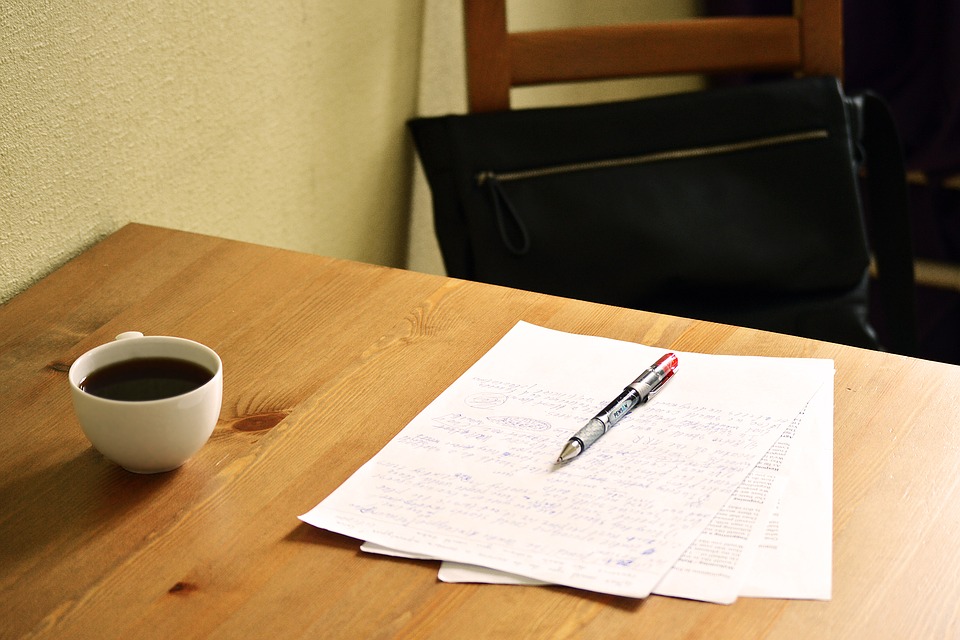It is common sense (and proven) that fatigue accumulates with effort and decays with rest, and now researchers have come up with a model that is very helpful for teachers, and other professionals.
The study “It Is Time to Get Some Rest”, Manel Baucells, from the University of Virginia Darden School of Business, and Lin Zhao, from the Chinese Academy of Sciences, introduces the fatigue disutility model, which aims to predict the most effective working pace.
In the introduction, the academics warn of the hazards associated with work overload, such as reduced job performance, safety risks, and cognitive errors. Then they introduce their model.
“Roughly speaking, the optimal pattern is high-low-high. Using parametric examples, we illustrate the beneficial effects of breaks to reduce the worker’s cost, increase the employer’s profit, and increase overall productivity (while working less time).”
The researchers use exam marking to illustrate their proposition. They estimate that 10 hours of non-stop working would provide an outcome of 15 exams assessed, due to the fatigue factor.
Instead of that, they propose a flexible schedule: opening and closing the day with 39 minutes of work, and mix breaks and work in the middle, until 10 hours have passed. That would result in up to 21 tests marked, with a total work time of 6 hours and 44 minutes.
This article from Observatory of the Institute for the Future of Education may be shared under the terms of the license CC BY-NC-SA 4.0 
)
)


)